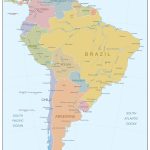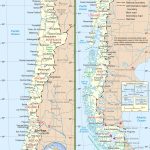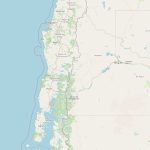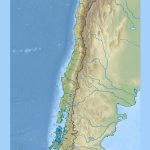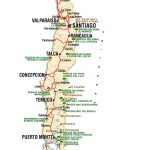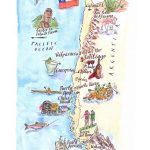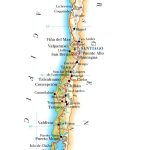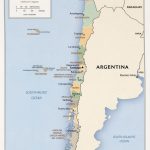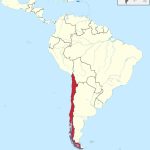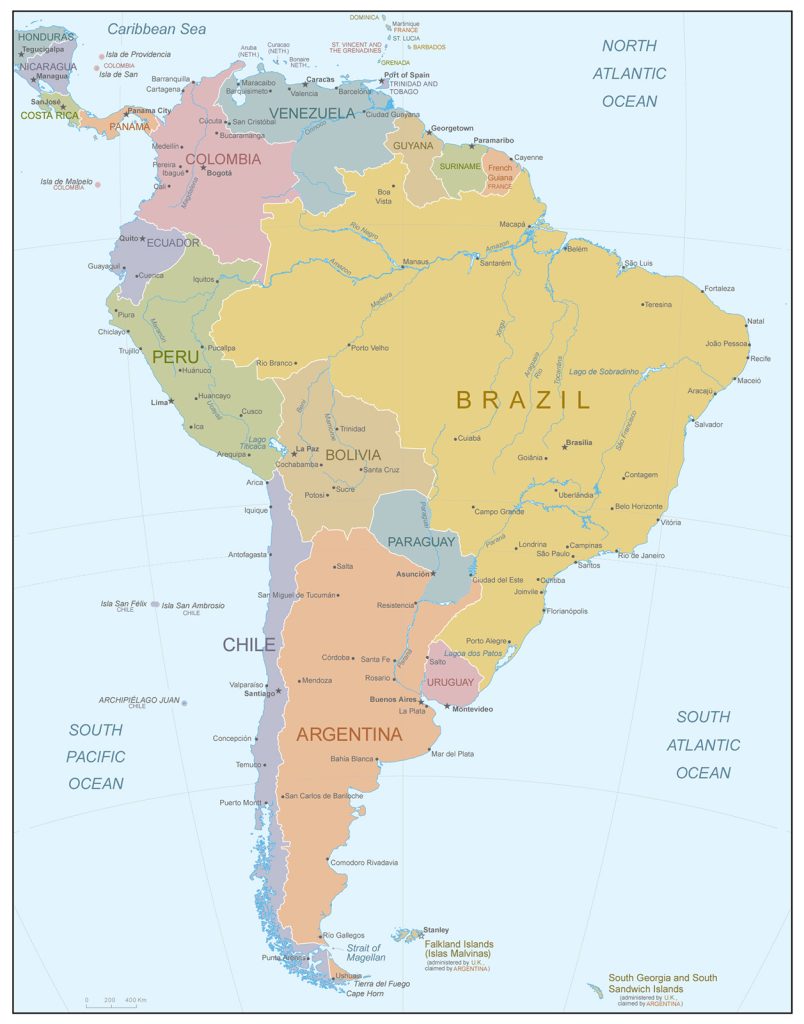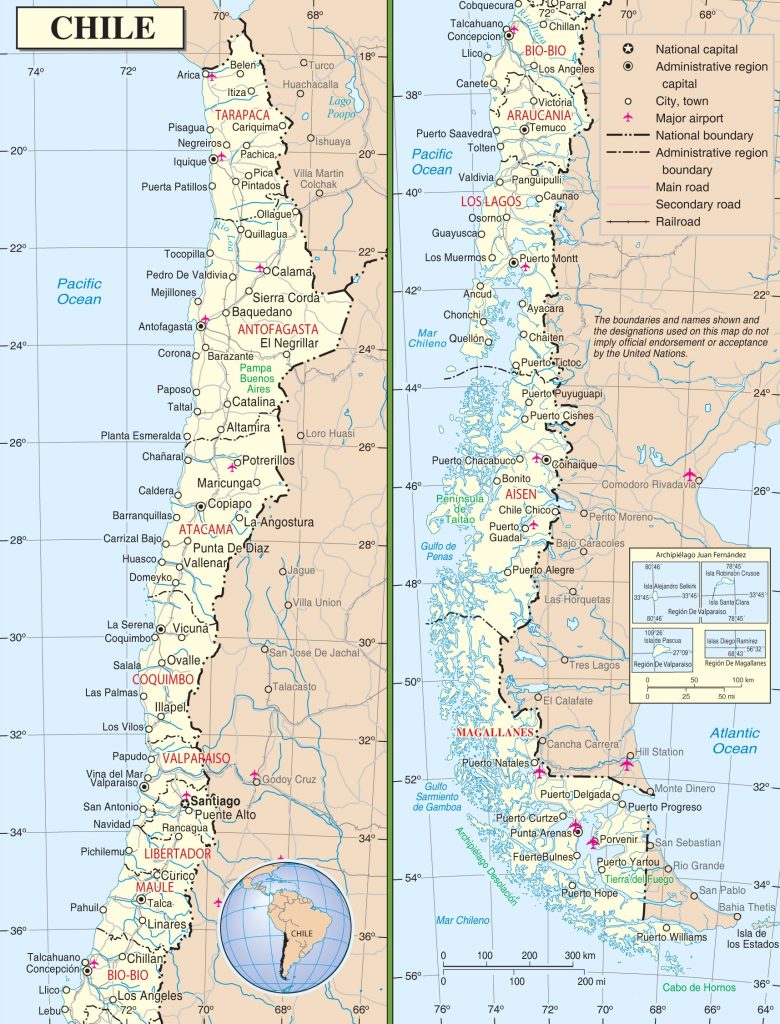Map of Chile
Republic of Chile map online
The Republic of Chile is a long, narrow country located along the southwestern coast of South America. It is bordered by Peru to the north, Bolivia to the northeast, Argentina to the east, and the Drake Passage in the far south. Measuring over 756,000 square kilometers (292,183 sq mi) in total area, it is one of South America’s largest countries. Its capital city is Santiago de Chile.
- Location of Chile on the map of South America
- Political map of Chile with borders and neighboring states
- Schematic map of Chile
- Relief of Chile
- Detailed physiography
- Largest cities in Chile
- illustrated map of Chile
- Administrative division into districts of Chile
Where Is Republic of Chile?
Chile can be found on a world map stretching across 2,650 miles along South America’s western coastline. It is bound on the west by the Pacific Ocean and on the east by Argentina’s Andes Mountains. The country also shares maritime borders with Peru to the north and Falkland Islands off its southeastern tip. In terms of location relative to other countries, it lies between Peru and Argentina while its southernmost point touches Cape Horn at 56 59′ S –the southernmost tip of South America.
Information about the location of geographical major landmarks
Several major geographical landmarks are located within Chile’s borders including the Atacama Desert in northern Chile which is known for its extremely arid climate; it is one of Earth’s driest regions where some parts receive less than 1 mm of rainfall per year due to being blocked from moisture coming off both oceans by mountain ranges. Further south lies Lake General Carrera or Buenos Aires Lake which straddles both Chilean and Argentinean borders spanning over 500 meters (1,640 ft) deep as well as measuring 65 kilometers (40 mi) long from end-to-end; this lake was carved out by glaciers during ice ages and continues to bring significant economic benefit through its abundance fisheries and tourism activities all year round.Lastly near Patagonia lies Torres del Paine National Park –a UNESCO World Heritage Site consisting mainly mountains steeped with majestic peaks like Cerro Paine Grande at 2,850 m (9,350 ft).
What are the borders of the state?
Chile’s total land boundaries measure around 6,400 km in length divided among five different neighboring countries namely: Argentina (5,308 km), Bolivia (880 km), Peru (160 km), and Paraguay (37 km). It also shares maritime boundaries with Ecuador at 73 km distance away via Gulf of Guayaquil as well as French Southern Territories located over 830 miles southeastward across Drake Passage off Antarctica continent.
Political map of republic of Chile
The political map shows how Chile is structured politically where administratively it comprises 15 regions or governorship plus Valparaíso City having a special status serving as national seaport for many commodities exported abroad such as copper ore mined from nearby Atacama Desert mines -one mainstay source for Chilean economy today that contributes significantly towards GDP output annually too.With the Map of Chile, you will definitely not get lost.
Physical map of Chile
Chile is a country blessed with an abundance of natural resources, ranging from rivers and forests to lakes and mountains. On the physical map of Chile, one can see vast swaths of these natural wonders, each contributing to the country’s unique and diverse landscape.
One of the most notable features on the physical map of Chile is the presence of several rivers, including the Puelo and Lato Rivers. These waterways are not only breathtakingly beautiful but also serve as a vital source of freshwater and irrigation for agricultural purposes.
In addition to the rivers, the map also showcases several natural forests, most notably the Valdivian Rainforest. This stretch of forest contains an incredibly diverse range of wildlife species, including the pudu deer, guanacos, and rheas, making it a popular destination for nature enthusiasts and scientists alike.
Another feature of Chile’s physical map that draws attention is the presence of several glacial lakes. These lakes are mostly concentrated in the far south part of the country, towards the Tierra del Fuego archipelago region. They are fed by snowmelt and icecaps, making the water the purest and freshest found anywhere in the southern hemisphere.
Finally, the mountainous terrain of Chile is not to be overlooked. Throughout the entire country, there are two significant mountain systems: the Sierra Morena Ranges and the Northern Patagonia Alps. These mountains are capable of reaching thousands of meters higher than normal sea level and give rise to dozens of glaciers and cascading craggy peaks.
 The Guide Maps
The Guide Maps
